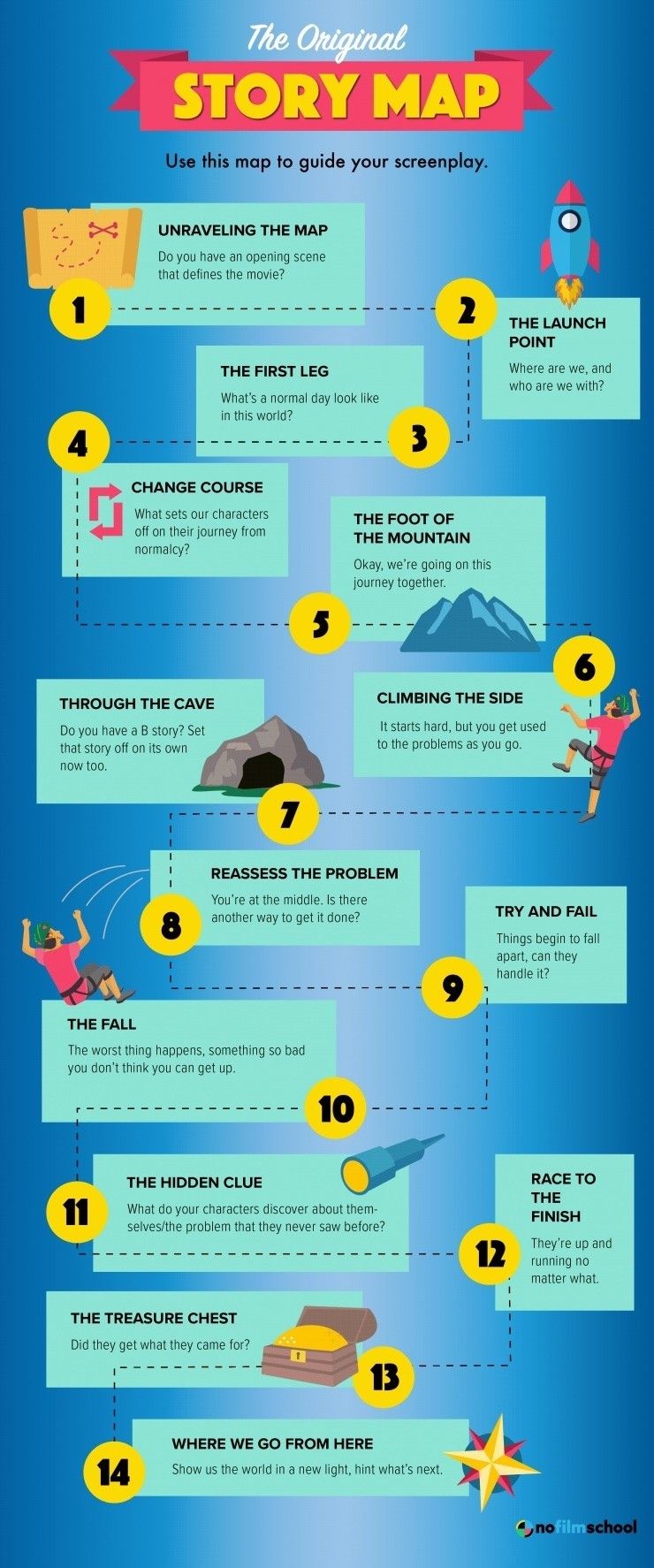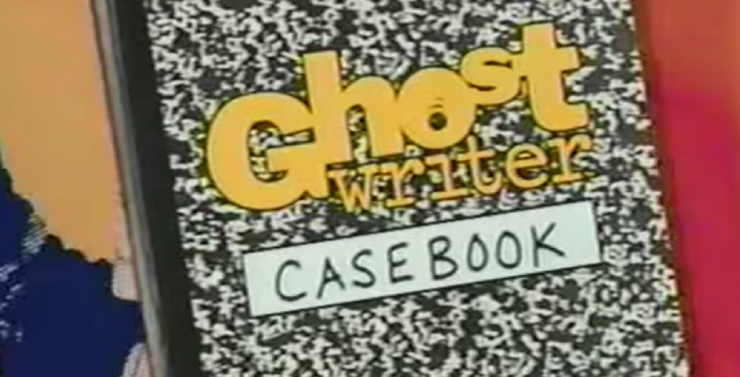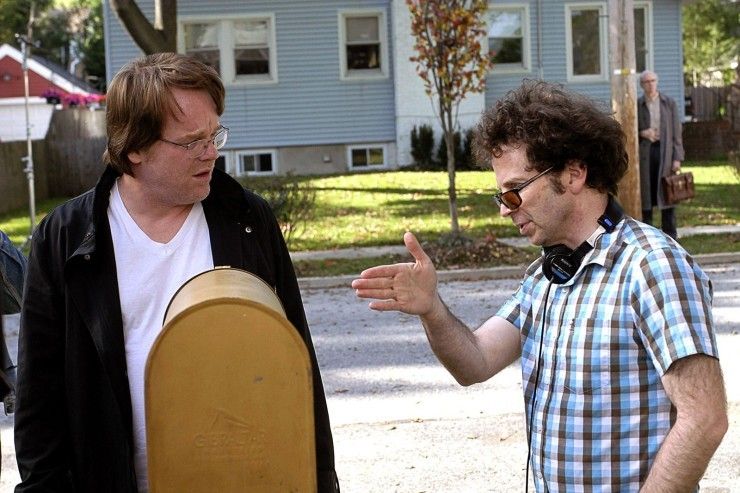
No matter how many times I write a spec script, I always try to stick to my schedule.
As we delve into the world of the writers being on strike, many of us are taking the time to write a spec script. That’s the work we are allowed to do for ourselves. It’s also a bit of a breath of fresh air.
Specs allow you to dig into yourself and unpack your wants and needs.
As someone who has been through the ups and downs of writing a spec script, I understand the importance of having a clear roadmap to make the writing process more manageable. The more you plan, the better you do.
Today, I’m going to focus on how you can make that planning work for you too. I’ll share my insights on how to take your spec script from idea to execution using a step-by-step approach, focusing on outlining your script, the basics of a screenplay outline, and tips for effective spec script writing.
So, buckle up and get ready to start your screenwriting journey!
Introduction to Spec Script Writing
A spec script, short for speculative screenplay, is a script written without a commitment from a producer or studio – you write it on your own, and then try to sell it later.
The purpose of writing a spec is to showcase your talent and unique voice as a writer. In the highly competitive world of screenwriting, a well-written spec script can open doors, get you noticed, and even land you a job.
You can prove you have a voice people need to listen to.
Importance of Outlining Your Script
I cannot stress enough how important it has been for me to outline my screenplays. Starting your spec script without an outline is like going on a road trip without a map. An outline helps you organize your story and ensures that you have a clear path from beginning to end. It serves as a blueprint for your screenplay, allowing you to focus on the creative aspects of writing while ensuring that your story remains cohesive and engaging.
It also is a great way to stay on schedule. If you know where you’re going, you can get to the end much faster.
Outlining your script also helps you identify and resolve potential problems in your story before you start writing. This can save you a significant amount of time and frustration, as it’s much easier to make changes to an outline than a full screenplay. Additionally, having a solid outline can help you maintain momentum and motivation throughout the writing process, as you’ll have a clear sense of where your story is heading.

The Basics of a Screenplay Outline
Here are the basics of outlining your screenplay:
-
Unraveling the Map: Do you have an opening scene that defines the movie?
-
The Launch Point: Where are we, and who are we with?
-
The First Leg: What’s a normal day look like in this world?
-
Change Course: What sets our characters off on their journey from normalcy?
-
The Foot of the Mountain: Okay, we’re going on this journey together.
-
Climbing The Side: It starts hard, but you get used to the problems as you go.
-
Through the Cave: Do you have a B story? Set that story off on its own now too.
-
Reassess the Problem: You’re in the middle. Is there another way to get it done?
-
Try and Fail: Things begin to fall apart, can they handle it?
-
The Fall: The worst thing happens, something so bad you don’t think you can get up.
-
The Hidden Clue: What do your characters discover about themselves/the problem that they never saw before?
-
Race to the Finish: They’re up and running no matter what.
-
The Treasure Chest: Did they get what they came for?
-
Where We Go From Here: Show us the world in a new light, hint what’s next.

How to Write a Screenplay Outline: Step-by-Step Guide
-
Brainstorm your story ideas: Begin by brainstorming your story ideas and jotting down any interesting concepts, characters, or plot points that come to mind. This will help you to generate ideas and identify the most compelling aspects of your story.
-
Develop your logline: Once you have a clear idea of your story, craft a compelling logline that succinctly captures its essence. This will serve as the foundation for your outline and help you to stay focused on the core elements of your story.
-
Create a synopsis: Expand on your logline by writing a brief synopsis of your story. This should include the main characters, conflicts, and turning points in your story.
-
Break your story into three acts: Divide your synopsis into three acts: setup, confrontation, and resolution. Each act should represent a distinct phase in your story, with a clear beginning, middle, and end.
-
Outline your major plot points: Identify the key plot points and turning points in your story, and include them in your act breakdown. This will help you to maintain structure and pacing throughout your screenplay.
-
Create a scene-by-scene breakdown: Finally, create a detailed scene-by-scene breakdown of your screenplay, including location, characters, and a brief description of the action. This will serve as a roadmap for your writing and help you to maintain focus and momentum throughout the process.

Screenplay Outline Example: Analyzing a Successful Spec Script
To better understand the process of creating a screenplay outline, let’s take a look at a successful spec script: Good Will Hunting by Matt Damon and Ben Affleck.
The film, which won the Academy Award for Best Original Screenplay, tells the story of a young janitor at the Massachusetts Institute of Technology who is a self-taught mathematics genius.
It’s a pretty great script to study when you want to learn the craft.
The logline for Good Will Hunting might be: “A troubled young janitor at MIT, who possesses a hidden gift for mathematics, must confront his past and embrace his potential with the help of a compassionate therapist.”
The three-act structure for Good Will Hunting could be broken down as follows:
- Act One: We are introduced to Will Hunting (Matt Damon), a janitor at MIT with a troubled past and a hidden talent for mathematics. After solving a complex math problem, Will is discovered by Professor Lambeau (Stellan Skarsgård), who offers him a unique opportunity.
- Act Two: Will begins therapy with Sean Maguire (Robin Williams), who helps him confront his demons and embrace his potential. As Will grows and develops as a person, he faces challenges in his relationships with his friends and loves interest, Skylar (Minnie Driver).
- Act Three: After a breakthrough in therapy, Will makes peace with his past and decides to pursue a life beyond his hometown, leaving to find Skylar and explore his potential.

Tips for Effective Spec Script Writing
Everyone wants to write a spec that sells, but you have to get a grip on the important elements before you can ever dream of getting it into the right producer’s hands.
-
Focus on character development: Strong, relatable characters are the foundation of a successful spec script. Invest time in developing your characters’ backstories, motivations, and arcs to create engaging and memorable protagonists.
-
Maintain a clear structure and pacing: A well-structured screenplay with a clear beginning, middle, and end will keep your audience engaged and invested in your story. Be mindful of pacing and ensure that each scene serves a purpose in advancing your plot.
-
Show, don’t tell: In screenwriting, it’s essential to convey information through visuals and action rather than relying on dialogue. Use descriptive language and carefully crafted action lines to create vivid, engaging scenes.
-
Write compelling dialogue: While it’s crucial to show rather than tell, the dialogue still plays a vital role in your screenplay. Strive to create natural, engaging dialogue that reveals character and advances your plot.
-
Be mindful of format and presentation: Adhering to industry-standard formatting and presentation guidelines is crucial in creating a professional-looking screenplay. Ensure that your script is correctly formatted, free of typos, and easy to read.

Overcoming Common Challenges in Spec Script Writing
-
Writer’s block: One of the most common challenges faced by screenwriters is writer’s block, the inability to come up with new ideas or move forward in the writing process. To overcome this challenge, take a break from writing, go for a walk, or engage in an activity that inspires you. Additionally, consider writing exercises or prompts to generate new ideas and get your creative juices flowing.
-
Lack of motivation: Writing a spec script can be a long and challenging journey, and it’s not uncommon to experience a lack of motivation or enthusiasm along the way. To stay motivated, set achievable goals for yourself and reward yourself when you reach them. Surround yourself with supportive friends and peers who can offer encouragement and feedback on your work.
-
Criticism and rejection: Screenwriting is a highly competitive industry, and it’s essential to be prepared for criticism and rejection. Rather than taking feedback personally, use it as an opportunity to learn and improve your writing. Seek out feedback from trusted sources, such as writing groups or professional script consultants, to get a fresh perspective on your work.

Utilizing Feedback and Revisions in Your Scriptwriting Journey
All writing is rewriting. When you get feedback on your screenplay, don’t be a dick. Listen and then find a way to make your work better.
Receiving feedback on your spec script can be both daunting and essential. It’s crucial to remember that feedback is not a personal attack, but rather an opportunity to improve your writing and make your screenplay the best it can be.
When receiving feedback, take the time to process it and consider how it can help you improve your script. Be open to constructive criticism and use it to identify areas of your script that need work. Remember that not all feedback is created equal, and it’s essential to seek out feedback from trusted sources who have experience in the industry.
Take a zen moment and then go from there.
Once you’ve received feedback on your script, it’s time to revise. Approach the revision process with an open mind and a willingness to make necessary changes to improve your screenplay. Be mindful of pacing, character development, and structure, and ensure that every scene serves a purpose in advancing your plot.

Summing It All Up
Writing a spec script can be a challenging and rewarding journey. By outlining your story, creating a screenplay outline, and following the tips and advice in this guide, you can take your spec script from idea to execution.
When you finish. there’s no better feeling in the world.
Remember to stay focused on your characters and their journeys, maintain a clear structure and pacing, and be open to feedback and revisions. With hard work, dedication, and a little bit of luck, your spec script could be the one that opens doors and launches your screenwriting career.
So, what are you waiting for?
Go get writing.














